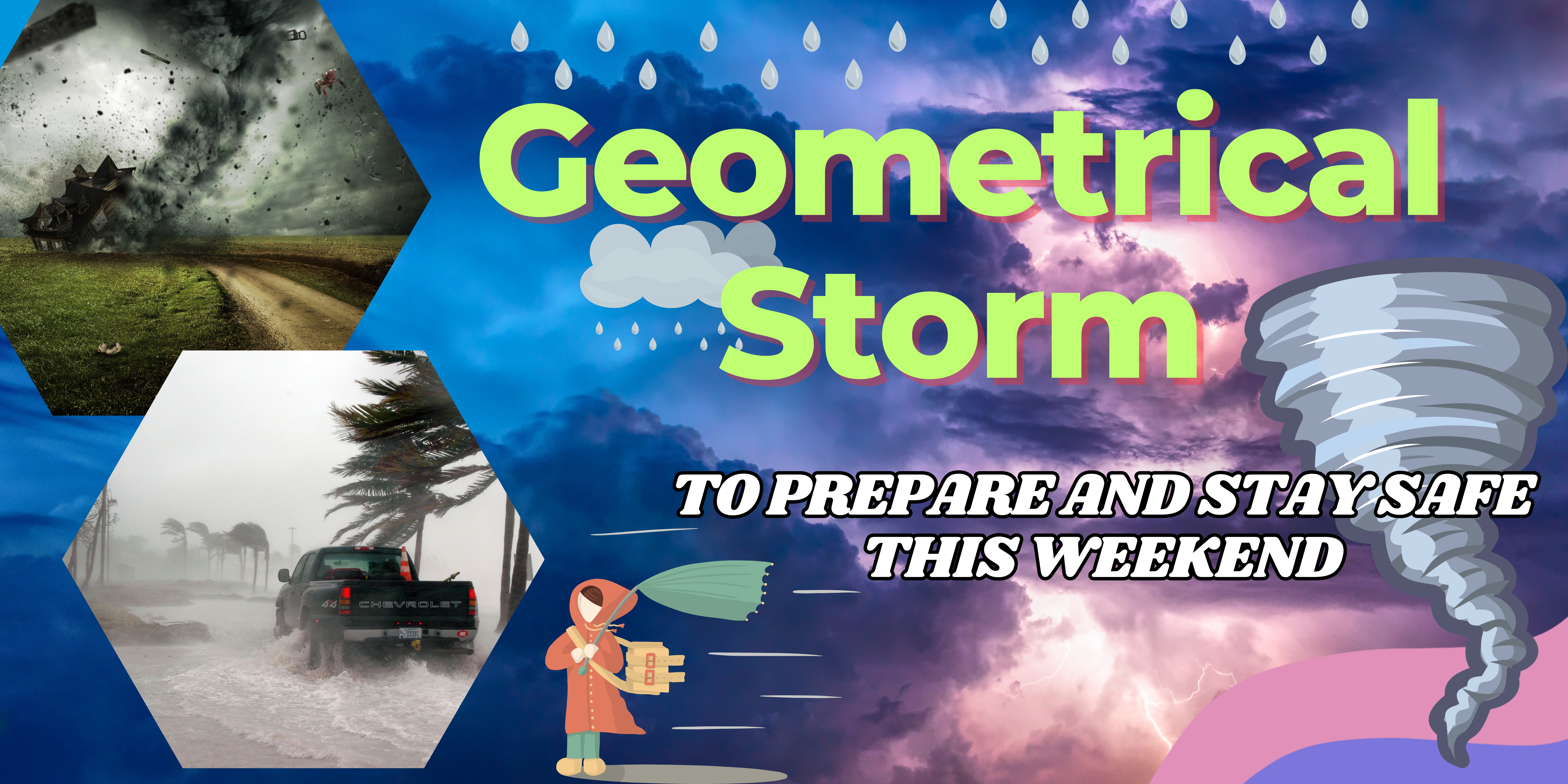Physical Address
304 North Cardinal St.
Dorchester Center, MA 02124

Geomagnetic storm, while fascinating, can pose various risks and challenges. This guide will help you understand what geomagnetic storms are, how to prepare for them, and how to enjoy their spectacular side effects, such as the northern lights.
A geomagnetic storms is a disturbance in Earth’s magnetosphere caused by solar wind and its interaction with the Earth’s magnetic field. These storms are often triggered by solar flares or coronal mass ejections (CMEs) from the Sun. When these charged particles collide with the Earth’s magnetic field, they can cause fluctuations that affect satellites, power grids, and communication systems.
Satellite Disruptions: GPS, television, and weather satellites can experience outages or damage.
Power Grid Failures: Strong storms can induce electric currents in power lines, potentially leading to blackouts.
Radio Signal Disturbances: High-frequency radio communications, used by aviation and maritime industries, can be disrupted.
Auroras: On the bright side, storms can create stunning auroras, visible much further from the poles than usual.
storms vary in intensity, and their effects can range from minor annoyances to significant disruptions.
Alerts: Pay attention to space weather alerts from organizations like NOAA’s Space Weather Prediction Center (SWPC).
Preparation: Have backup power sources and surge protectors for critical electronics.
Power Fluctuations: Be prepared for possible power outages.
Communication Issues: GPS and radio communication might be unreliable.
Increased Radiation: High-altitude flights may experience higher levels of radiation, although this is usually not a concern for passengers on commercial flights.
System Checks: Verify that all electronics and communication systems are functioning properly.
Updates: Stay informed about any ongoing effects and further storm activity.
One of the most awe-inspiring phenomena associated with storms is the northern lights, or auroras. These colorful displays occur when charged particles from the Sun interact with Earth’s atmosphere, creating vibrant lights in the sky.
Location: Head to areas with little to no light pollution, ideally far from city lights.
Timing: Auroras are best viewed during the night, particularly around midnight.
Weather: Clear skies are essential for optimal viewing. Check local weather forecasts.
Patience: Auroras can be unpredictable, so be prepared to wait.
Equipment: Use a camera with manual settings, a tripod, and a wide-angle lens.
Settings: Start with a high ISO, wide aperture, and long exposure time. Adjust based on results.
Practice: Experiment with different settings to capture the best possible images.
Geomagnetic storms, while potentially disruptive, also offer a unique opportunity to witness the natural beauty of the northern lights. By understanding what to expect and taking appropriate precautions, you can safely enjoy this celestial event.
FOR MORE UPDATED NEWS GO TO OUR HOME PAGE
A storms is a disturbance in Earth’s magnetosphere caused by solar wind and its interaction with Earth’s magnetic field.
Space weather organizations like NOAA’s SWPC monitor solar activity and provide alerts.
While smartphones are generally safe, GPS services might experience temporary disruptions.
For most people, there are no significant health risks. However, high-altitude flights may experience increased radiation levels.
Use surge protectors for electronics and have backup power sources ready.
Severe storms can cause power outages, but utilities often take preventive measures.
Areas with minimal light pollution and clear skies, preferably in northern latitudes, are ideal for viewing auroras.
Higher latitudes experience more significant effects, but strong storms can have global impacts.
While possible, it’s uncommon. Satellite-based internet services might experience disruptions.
Stay informed through space weather alerts, protect your electronics, and enjoy the northern lights if conditions allow. By being aware of the potential impacts and knowing how to prepare, you can stay safe and even make the most of the remarkable displays that storms can bring